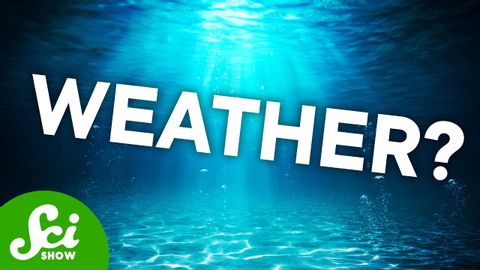【英語で雑学】海にも「天気」がある?
VoiceTube が 2024 年 09 月 10 日 に投稿  この条件に一致する単語はありません
この条件に一致する単語はありませんUS /ɪˈsenʃəli/
・
UK /ɪˈsenʃəli/
US /rɪˈzɪljənt/
・
UK /rɪ'zɪlɪənt/
- adj.立ち直りが早い;回復力がある;回復力がある
US /ˈætməˌsfɪr/
・
UK /'ætməsfɪə(r)/
- v.t.跡を追う;軌道;追う
- n.陸上競技;(学校の)課程 : コース;(踏みならされてできた)小道 : 道;(競技場の)トラック : 走路;(アルバムなどを構成する)曲 : (音楽の録音の単位の)トラック;タイヤについているバンド;鉄道線路 : 軌道;跡;トラック
エネルギーを使用
すべての単語を解除
発音・解説・フィルター機能を解除
